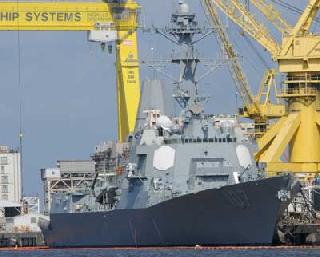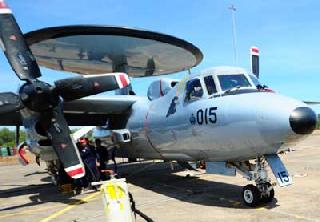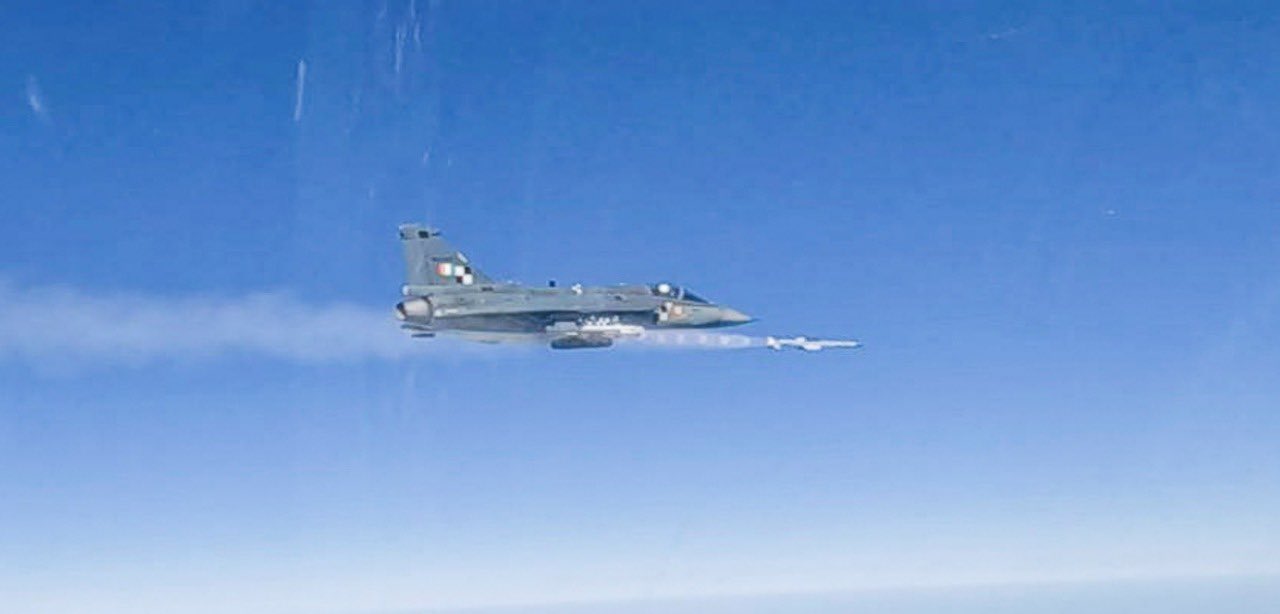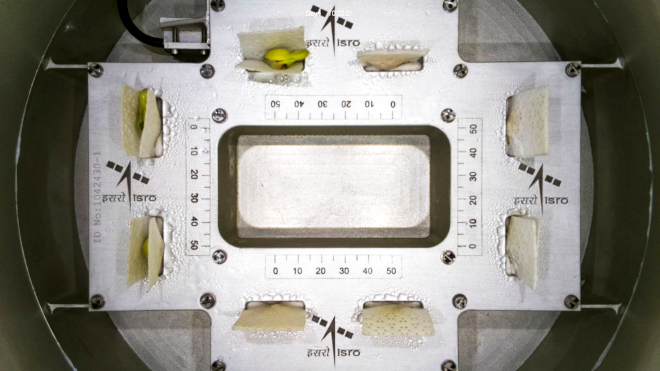STS-134 crew members get a briefing on the STORRM DTO (Sensor Test for Orion Relative Navigation Risk Mitigation Development Test Objective) by the lead project engineers at the Ball Aerospace Facility in Boulder, Colorado. Ball Aerospace photo
BOULDER, COLORADO (BNS): A new docking navigation system that will make docking operations safer and easier for spacecraft flying to the International space will be tested during NASA's STS-134 mission to ISS in 2011.
This docking navigation system prototype built by NASA, Ball and Lockheed Martin will be tested by astronauts as part of the Sensor Test for Orion Relative Navigation Risk Mitigation (STORRM) Development Test Objective (DTO), a Lockheed martin statement said.
On Flight Day 11 of the mission, the shuttle crew will undock from the ISS and then re-rendezvous with the station on an Orion-like approach.
STORRM’s hardware consists of two sensors - the eye-safe flash LiDAR Vision Navigation Sensor (VNS) and the high definition Docking Camera (DC) developed by Ball, as well as avionics and flight software developed by NASA Langley Research Center.
Both sensors will be used on the Orion spacecraft to provide real-time three - dimensional images to the crew with a resolution 16 times higher than the current shuttle sensors.
This next generation system also provides data from as far away as three miles - three times the range of the shuttle docking system. The single -system design provides the required docking accuracy and range capability necessary to meet Orion’s crew safety, mass, volume and power constraints.
“The effective demonstration of Ball’s VNS and DC on the ground makes us all the more eager to see the STS-134 astronauts test the system aboard Endeavour,” said David L Taylor, president and CEO of Ball Aerospace.
The STORRM sensing functions that will be demonstrated during docking, undocking and re-rendezvous operations on STS-134 have been identified as a critical technology needed for space exploration missions of the future.
During STS-134, data will be collected and the crew members will be able to monitor the data through the STORRM software application on a computer. In addition, screen snapshots of the data will be sent to mission control by S-Band video for the STORRM team to evaluate during the mission.
“This innovative technology enhances the Orion team’s ability to significantly improve crew safety for human space flight,” said Larry Price, Orion deputy program manager for Lockheed Martin.
“Once proven successful on orbit, this system will enable us to continue on our path forward to safely fly Orion in 2013,” he added.
 Previous Article
Previous Article Next Article
Next Article











The Indian Air Force, in its flight trials evaluation report submitted before the Defence Ministry l..
view articleAn insight into the Medium Multi-Role Combat Aircraft competition...
view articleSky enthusiasts can now spot the International Space Station (ISS) commanded by Indian-American astr..
view article